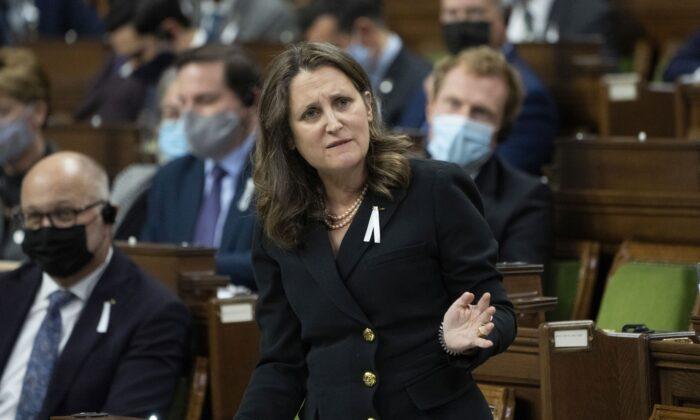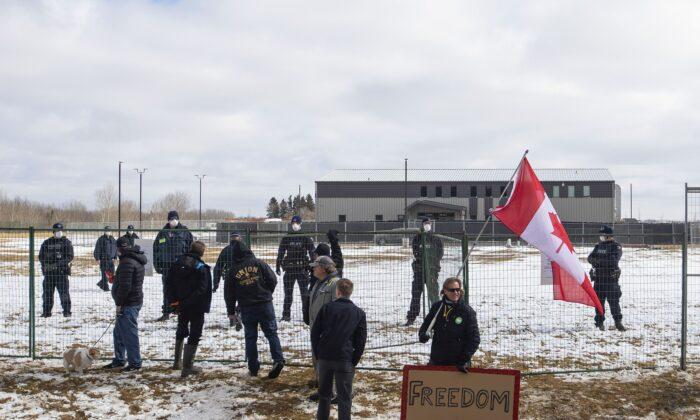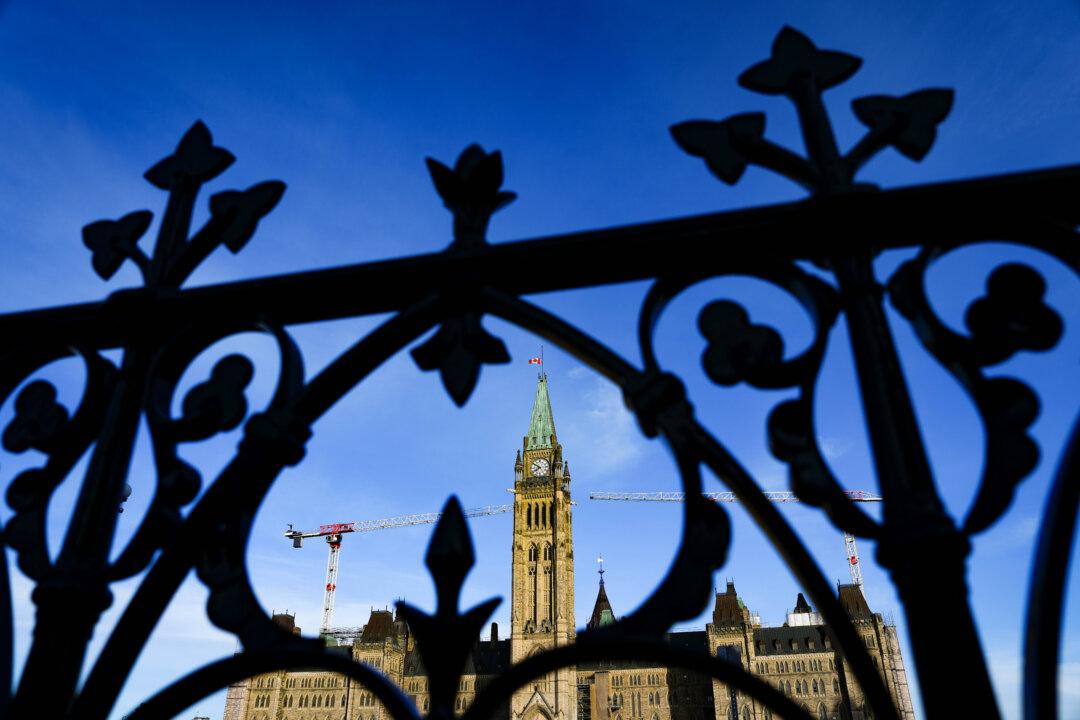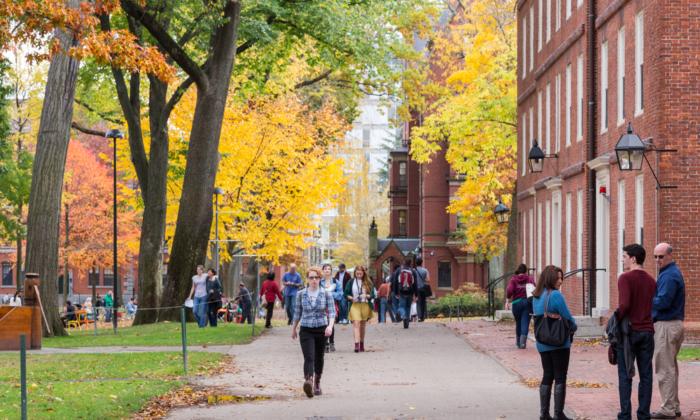The Liberal government wants Parliament to approve billions in new spending to extend COVID-19 relief, but with the holiday recess scheduled to begin Dec. 17, its report on how it spent over $600 billion in the last fiscal year, which ended March 31, was not provided until Dec. 14.
Only twice in the past 10 years has the publication of public accounts waited until December. The public accounts, along with associated documents, show the details of how federal money was spent.
Philip Cross, a Macdonald-Laurier Institute senior fellow and a former chief economic analyst at Statistics Canada, believes the federal government could have provided the information earlier if it so chose.
“The finance committees and the auditor generals and all the people who provide oversight for all of this, they didn’t go out of business. I haven’t heard any of them say I can’t do my job. So I don’t have any reason to believe why accountability would not have been possible,” Cross said in an interview.
While parliamentarians were still in the dark about the largest deficit in Canadian history, they were asked on Dec. 9 to approve $8.7 billion in new spending for the fiscal year. This margin would cover Bill C-2, a $7.4 billion COVID-19 aid bill, which extends relief measures until May 2022.
The Liberals want C-2 to receive approval before MPs take time off for winter break on Dec. 17.
Many Questions, Few Answers
The new round of pandemic aid would push the overall cost of the program to almost $106.7 billion, according to the PBO. Cross said the policy has had curious impacts that deserve more disclosure for analysis.“We saw the big jump in employment in November, and that was exactly one month after the CRB (Canada Recovery Benefit) expired. … There’s been a shift from self-employment to payroll employment. Is that related to CRB? We just don’t know,” he said.
“There’s a thousand and one questions like this you could ask that would inform public policy going forward. ... We just seem to have a whole bunch of questions and very few answers.”
On Dec. 14, when the public accounts were released, Freeland also delivered a fiscal update stating that the deficit for the current fiscal year, 2021–22, is expected to hit $144.5 billion, below her forecast of $154.7 billion in April.
Cross says although Canada’s COVID relief was proportionately the largest among the G7, Canadian GDP growth has trailed that of the United States, and employment rates have trailed the Europeans.
“We kept these broad programs in place much too long, and there should have been more accountability of that,” he said.
With Inflation, ‘People Are Noticing’
Malcolm Bird, political science professor at the University of Winnipeg, says when it comes to deficits and “space to borrow,” the provinces are in worse shape than the federal government.“The feds probably are in better shape in terms of borrowing capacity and spending capacity. Remember they can spend, give people cash or not. They have a lot more flexibility. It’s the provinces that are tied to all of these hugely expensive and important programs, like health care and education,” Bird said.
“In Manitoba here, we have a new Conservative premier, and she’s not talking about inflation, or the deficit, or anything. That’s all disappeared. ... We have a $1.6 billion deficit this year and there’s not even a peep about debt.”
Bird says although the federal government has more leash, it could eventually become a noose.
“We’re not even talking about the fact that this really can’t go on, this is not a viable solution. And of course, the NDP has completely given up on—much of the left including the Liberal Party has given up on any concept of fiscal responsibility, balanced budgets, fiscal prudence,” he said.
“[The Liberals] spent, spent, spent for the last two years. Now what do they do when you can’t keep spending, and when the ramifications of that spending are coming back to haunt them? Inflation is now entering the public discourse and this narrative’s rising. … People are noticing, people are responding.”





